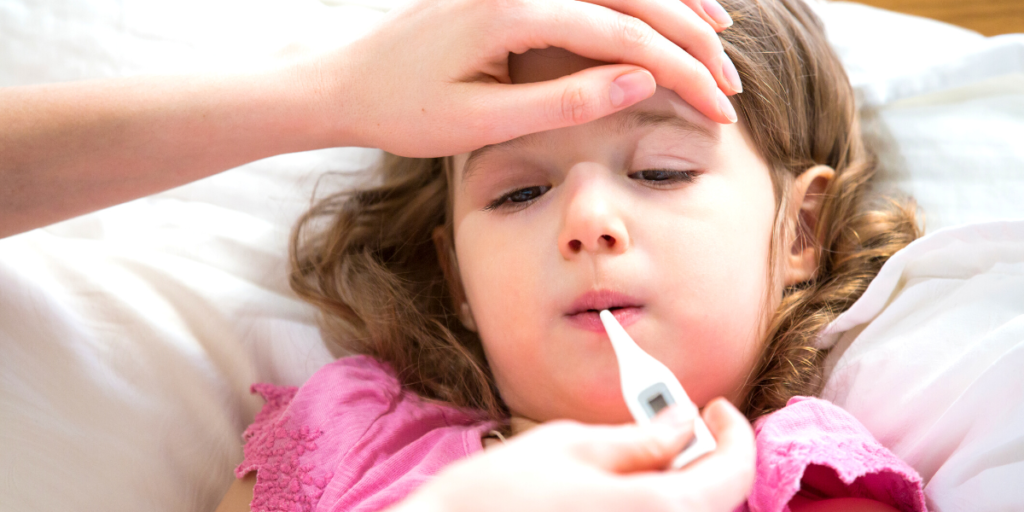Walking pneumonia in adults, often referred to as atypical pneumonia, is a milder form of respiratory infection that can catch individuals off guard due to its subtle onset. Unlike traditional pneumonia, sufferers can maintain their daily activities, unaware of the insidious invasion in their lungs. Recognizing the symptoms is crucial, as this allows for early detection and timely intervention. In this article, we delve into the nuances of walking pneumonia, shedding light on its elusive nature and the key indicators to watch for. Understanding these subtleties is essential for anyone seeking to safeguard their respiratory health and well-being.
Signs of Walking Pneumonia

Distinguishing walking pneumonia involves recognizing specific signs that set it apart from other respiratory infections. Unlike acute pneumonia, walking pneumonia exhibits a gradual onset of symptoms, often starting with a mild cough and fatigue. Remarkably, individuals can remain ambulatory, continuing their daily routines despite infection. This unique characteristic makes detection challenging, emphasizing the importance of paying attention to subtle cues like persistent coughing and low-grade fever. By understanding these distinctive signs, individuals can take proactive measures, seeking medical attention early to prevent potential complications and ensure a swifter recovery.
Symptoms of Walking Pneumonia in Adults
In adults, walking pneumonia manifests through symptoms like a persistent cough, fatigue, shortness of breath, chest pain, and occasional chills. While these symptoms may seem mild, their persistence warrants prompt medical attention for an accurate diagnosis and timely treatment. Ignoring or underestimating these signs could lead to complications and prolonged discomfort. It is crucial for adults experiencing these symptoms to consult a healthcare professional promptly. Early intervention not only ensures effective treatment but also helps prevent the progression of walking pneumonia, promoting a faster and smoother recovery.
Is walking pneumonia very serious?
Walking pneumonia is generally considered less severe than traditional pneumonia, but it should not be taken lightly. While individuals with walking pneumonia can often carry on with daily activities, the infection can lead to complications if left untreated. In some cases, it may cause respiratory distress, especially in vulnerable populations. Prompt medical attention is crucial to prevent potential complications and ensure a swifter recovery. While walking pneumonia is typically manageable with appropriate care, its seriousness can vary, emphasizing the importance of early detection and intervention to minimize the impact on respiratory health and overall well-being.
What is the danger stage of pneumonia?

The danger stage of pneumonia typically refers to a point where the infection becomes more severe, and complications may arise. Pneumonia is considered a serious condition, and certain factors can contribute to its progression to a more critical stage. Danger signs may include:
- High Fever: A persistent and high fever could indicate a more severe infection.
- Difficulty Breathing: Increased difficulty breathing or shortness of breath may signal worsening respiratory distress.
- Cyanosis: Bluish discoloration of the lips or nails due to a lack of oxygen in the blood is a serious symptom.
- Confusion or Altered Mental State: This can be a sign of inadequate oxygen reaching the brain.
How is walking pneumonia treated?

Walking pneumonia, typically caused by the bacterium Mycoplasma pneumoniae, is usually treated with antibiotics. Here’s an overview of the treatment process:
- Antibiotics: Healthcare providers often prescribe antibiotics such as macrolides (e.g., azithromycin), tetracyclines (e.g., doxycycline), or fluoroquinolones to target the bacteria causing walking pneumonia.
- Rest and Hydration: Adequate rest is crucial to allow the body to fight the infection. Staying well-hydrated helps in the recovery process.
- Over-the-Counter Medications: Pain relievers and fever reducers (e.g., acetaminophen or ibuprofen) may be recommended to alleviate symptoms.
- Follow-up Care: It’s important to complete the full course of prescribed antibiotics even if symptoms improve before finishing the medication. Follow-up appointments with healthcare providers ensure proper recovery and address any lingering concerns.
- Symptomatic Relief: Cough medicines may be recommended for symptomatic relief, but it’s important to consult a healthcare professional before using them.
- Isolation: Since walking pneumonia is contagious, individuals are advised to take precautions, such as practicing good respiratory hygiene and avoiding close contact with others, especially those with weakened immune systems.
If you have any queries related to medical health, consult Subhash Goyal or his team members on this given no +91 99150 72372, +91 99150 99575, +918283060000




